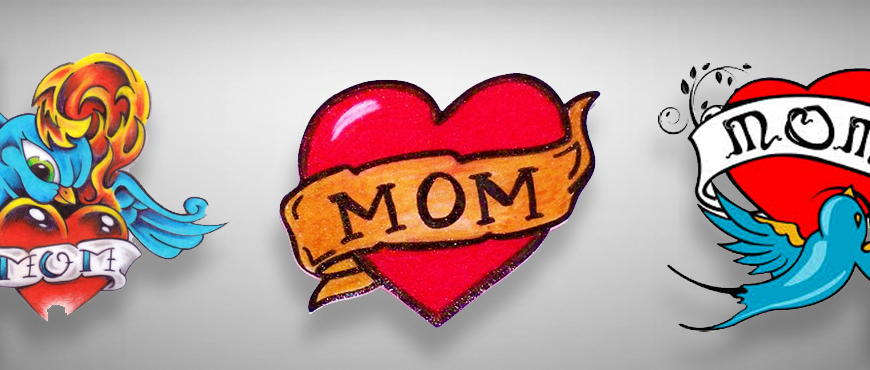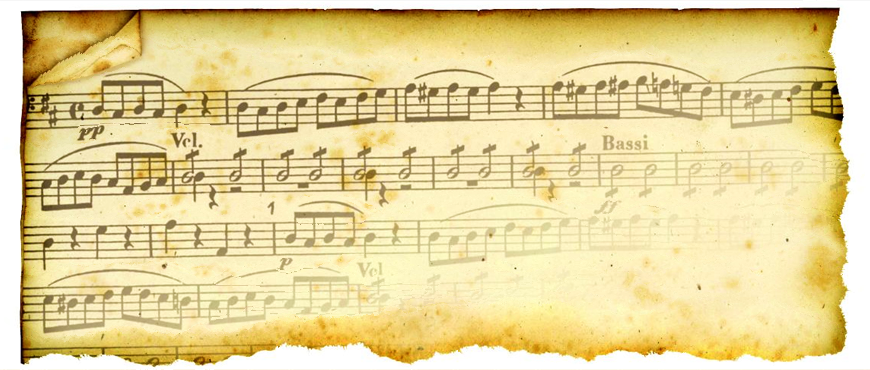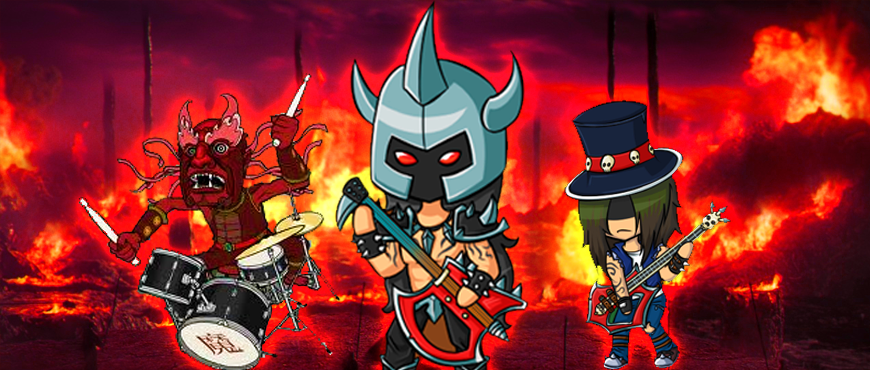
POWER CHORDS!!!
November 20, 2014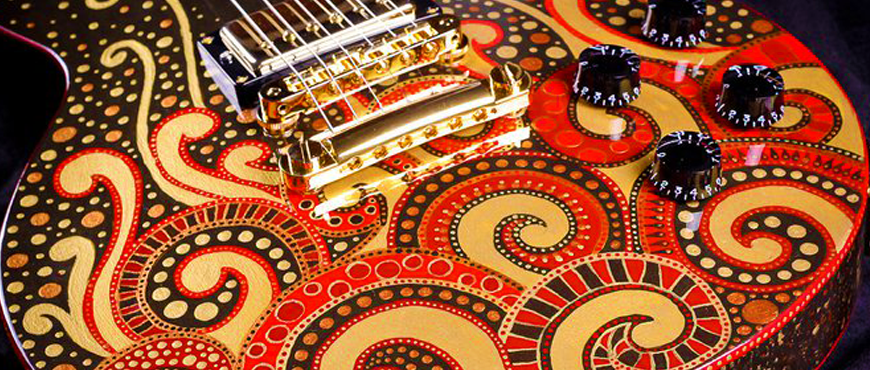
Sweet Custom Les Paul Guitars
December 2, 2014Typical Chord and Scale Combinations

[ padding=”0 20px 0 20px”]
Which scales work best with which chords?
With so many scales out there it can be confusing trying to figure out which ones to use. It’s easy to get caught up in learning a billion scales till one day your playing the “Inverted Hungarian Polymodal Phrygian Minor” scale.
Okay so I actually made that one up but you get the idea. In reality, unless you’re composing an avant-garde piece of orchestral music or improvising over some far out jazz changes you’ll typically only need to worry about finding scales to match three different types of chords:
That’s all? Well… pretty much.
You will see other chords out there but for the most part 80% of all songs are written using just these chord types. This makes life a lot easier for musicians. And while you could technically match each of these chords with a ton of different scales most of them would sound very unusual and give the listener the impression that you played the wrong note. They will be thinking, “He’s either a genius, or he has no idea what he’s doing.” Sometimes it’s hard to tell.
In this lesson we are going to check out three different scale options for each of these chord types. Two of the options will be safe choices and one will be a bit more unusual.
To really hear the sound difference between each scale, practice them all starting on the same fret.
Typical Major Chord and Scale Combinations
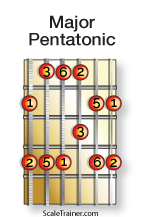
By adding the sixth note of the major scale to the notes of the major chord we create the Major Pentatonics Scale. This scale is easy to use and easy to remember. It is is a favorite scale of pop, country, and blue-grass musicians.

The Lydian Scale lends a dream like quality to the Ionian (major) scale by raising the fourth note. This adds a second leading tone to the scale creating a strong resolution up to the fifth note. For an example of its sound, listen to the first three notes of The Simpsons theme song. Lydian is the fourth mode of the Major scale. [/one_fourth_last]
Typical Minor Chord and Scale Combinations

The minor chord includes the first, flat third, and fifth notes of the minor (Aeolian) scale. The flattened third gives this chord its minor sound often described as sad or melancholy.
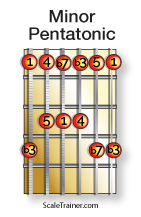
By adding the fourth note of the minor scale to the notes of the minor chord we create the Minor Pentatonics Scale. This scale is easy to use and easy to remember. Often used by pop, blues and rock musicians

In the same way that Ionian is the “major scale”, Aeolian is the “minor scale”. It is the main scale that all other minor scales are compared to. It adds the fourth, flat sixth, and flat seventh notes to those of the minor chord. These notes further enhance the dark sound of the minor key. Aeolian is the sixth mode of the major scale

The Dorian scale has a slightly more upbeat sound than the Aeolian scale due to its natural (unflattened) sixth note. For examples of how the Dorian scale sounds check out “Beat It” by Michael Jackson or “Smoke On the Water” from Deep Purple. Dorian is the second mode of the major scale. [/one_fourth_last]
Typical Dominant 7 Chord and Scale Combinations
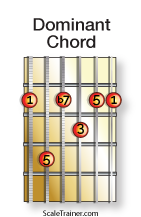
The Dominant Seventh chord is basically a major chord with a flat seventh note adds to it. The combination of the natural (major) third and the flattened seventh give dominant chords a sound of restlessness and the need to resolve to another chord.

By adding the second note to those of the dominant chord we create the Dominant Pentatonic scale. This scale is a good counterpart to the major and minor pentatonics but is not wildly used by guitarists.

Mixolydian is the fifth mode of the major scale and it is considered the “go to” scale to accompany dominant seventh chords. It is basically the major scale with the seventh note flattened. This adjustment give the Mixolydian scale a slightly darker sound.

The Altered Scale is one of the most unusual scales. It uses the first, third and flat seven notes of the dominant chord and then adds every possible tension note that can be used along with a dominant chord. When the next chord in your progression is a minor chord these tension notes create a whole bunch of leading tones. Altered Dominant is the seventh mode of the Melodic Minor scale. [/one_fourth_last]
[/]

 Here is your major bar chord. It is made up of the
Here is your major bar chord. It is made up of the 

